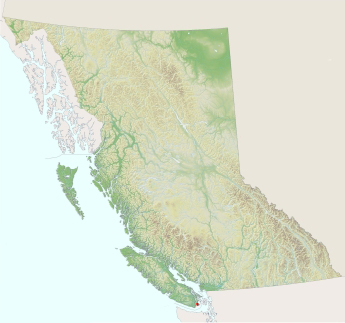The largest dragonfly family in our region – 24 species in eight genera live here and one other species in another genus is a rare visitor. They come in many sizes and colours, many with bold wing markings or coloured veins. Their eyes meet broadly on top of the head. The anal loop in the hindwing is distinctive: foot-shaped with a long toe. Most common around ponds, marshy lakeshores and sluggish streams, the adults dart about and most species spend a lot of time perched horizontally in the sun. Females lay eggs alone or in the company of guarding males. Most dip the tip of their abdomen into the water when releasing the eggs, but some will tap or splash the eggs into wet mud or moss, or simply flick them into a dry pond basin. Some larvae, like those of the emeralds, move sluggishly or squat on the bottom mud; others climb in vegetation.
|
First appeared in the Victoria area in 1995, then more often in 1996 and many times since; first bred in the Victoria area in 2006. Common south of B.C. Lives around ponds and lakes, but ranges widely. Usually seen flying and gliding; when perching, it usually hangs vertically or obliquely.
|
|
